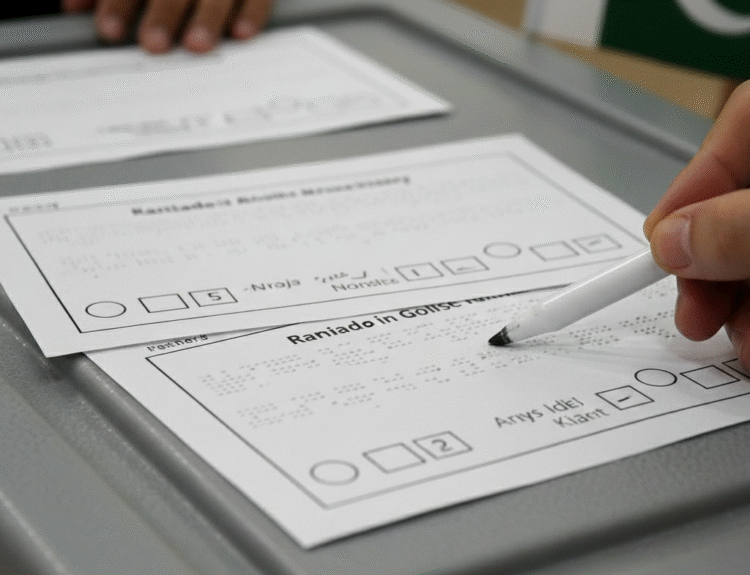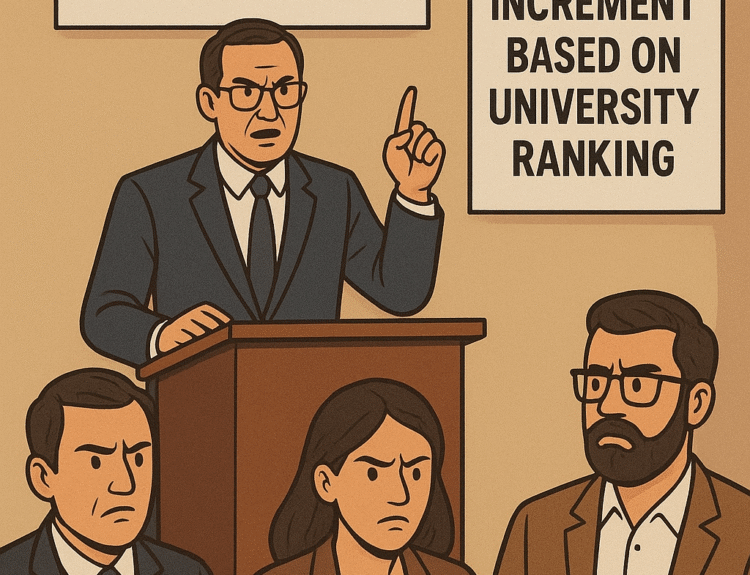
Down Main Street from Union Station and the National World War I Museum stands the imposing Kansas City Fed, one of 12 regional offices of the Federal Reserve (Fed), the US central bank.
The Kansas City Fed has become synonymous with holding one of the most important economic policy symposiums each year. In late August, policymakers, central bankers and economists will gather in the picturesque town of Jackson Hole, Wyoming, for ‘Reassessing the effectiveness and transmission of monetary policy’.
This reassessment has become necessary due to the poor performance of the Fed’s current economic models used for forecasting inflation. Back in March-April 2021, when inflation started rising in the US, the Fed’s workhorse models failed to flag anything unusual. Tightness of the labour market, or what are known as Phillips curve effects, did not appear to be of concern, while inflation expectations were not anchored on the upside.
Despite economic models not portending inflation, the US ended up experiencing explosive inflation — the highest in 40 years. So much so that the Fed still appears leery of making a policy pivot towards lower interest rates despite a significant drop in inflation.
This recent failure to predict inflation demonstrates the narrowness of existing economic models, meaning that present economic models are not able to go beyond quotidian predictions. There are now also additional drivers of inflation, such as the ongoing structural transformations in the global economy as countries move from free trade to strategic trade.
Given such gaps and the need to incorporate different variables, recent advances in artificial intelligence (AI) can add tremendous value to economic policymaking over the next few years.
Economists are taught to let theory guide the selection of variables in economic models. They are strongly advised to avoid a ‘kitchen sink’ approach, including too many variables, but often ending up with spurious inferences.
But, since economic theory cannot possibly identify every single variable, one workaround has been ceteris paribus, or the assumption that the world outside a model does not change. Sadly, not only has this assumption led to poor model fitness, but whatever relationships are established can only be described as ‘partial’ theories.
Recent advances in AI, particularly in deep learning involving neural networks like Large Language Models — GPT-4, for instance — demonstrate the power AI brings to economic analysis. LLMs have been shown to be remarkably resilient in “overparameterised” models — that is, when the number of model parameters exceeds even the number of data points — thereby heralding a potential paradigm shift in economic research by ending ceteris paribus.
LLMs can analyse structured economic data like GDP, inflation rates, etc, and unstructured text data such as news, reports, a finance minister’s press conference, or even a central bank monetary policy committee’s meeting minutes. LLMs can then be ‘trained’ to understand economic context and sentiments leading to the integration of LLM output with traditional econometric models. Such combined models can then be used to produce powerful economic forecasts.
We seem to be moving towards a future when the finance minister’s presser or the central bank’s monetary policy statement will bring about an instantaneous change in estimates for next year’s key economic indicators, such as economic growth.
Instantaneous economic adjustments are not entirely new. A number of firms have been using ‘dynamic pricing’, when prices continually adjust to reflect real-time supply and demand conditions. This is exactly what happens when different ride-hailing apps charge a ‘peak factor’ during elevated demand, for instance, at the end of a concert.
Given the exponential rate of AI development, dynamic prices will become the norm throughout the economy. Prices will adjust 24/7 like stock prices and, coupled with LLM-based models, the economy will autonomously equilibrate as if driven by an invisible AI hand.
Instead of a central bank trying to take the economy in the direction of a neutral rate of interest, or R-star, through monetary policy, the economy will itself adjust around R-star, the interest rate at which the economy is neither overheating nor in recession. Monetary policy — and all other economic policies — will become endogenous to real-time economic ground realities. In such a future with autonomous economic adjustments, who would want to place faith in the whimsical ways of finance ministers, central bankers and economists?
But let’s not get ahead of ourselves.
The hype about AI appears a bit premature. AI is not truly intelligent in the way humans are. The much-touted LLMs are fundamentally pattern-spotting engines that cannot differentiate between what is linguistically probable and what is factually correct, leaving LLMs to ‘hallucinate’.
Human beings also hallucinate, but they can also imagine, creating counterfactual scenarios in their minds that can throw up clues about ‘unknown un-knowns’ — variables whose omission remains hidden from us, at least initially. Lacking the ability to imagine, AI has no way of discovering omitted variables.
AI also does not operate in a normative context; it neither has the ability to assign value to policy options nor the capability to carve a permissible action path. Rather, AI reinforces biases of those who design algorithms. In an offensive mistake, Google’s photo app labelled some African-Americans ‘gorillas’, leading to strong condemnation.
Bereft of a values compass, AI often behaves unexpectedly, raising doubts about whether it can be entrusted with policymaking. In the 1980s, an AI decision support engine called EURISKO sank its own slowest-moving vessel to maintain manoeuvrability in a naval wargame. AI will do what you ask, but not necessarily what you meant. What if tasked with eradicating poverty, AI decides to reduce the population of poor people instead?
Traditional economic models stand to gain much from exponential leaps in AI development. The incorporation of LLMs into economic forecasting might render economists redundant. But, due to serious issues with AI lacking ‘alignment’ with human goals and values, economists’ jobs are secure, at least for now.
—–
The writer completed his doctorate in economics on a Fulbright scholarship. Can be reached at aqdas.afzal@gmail.com





